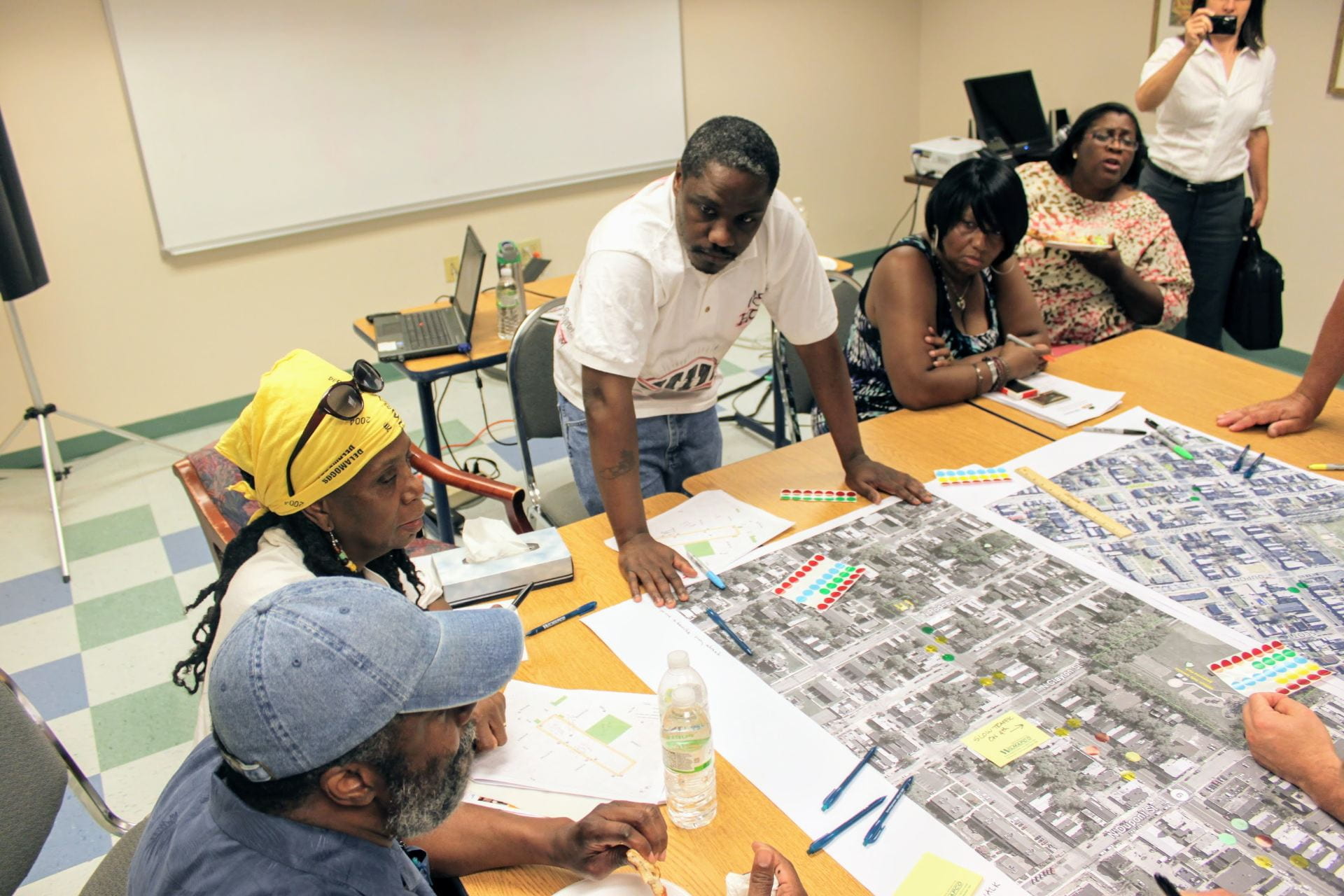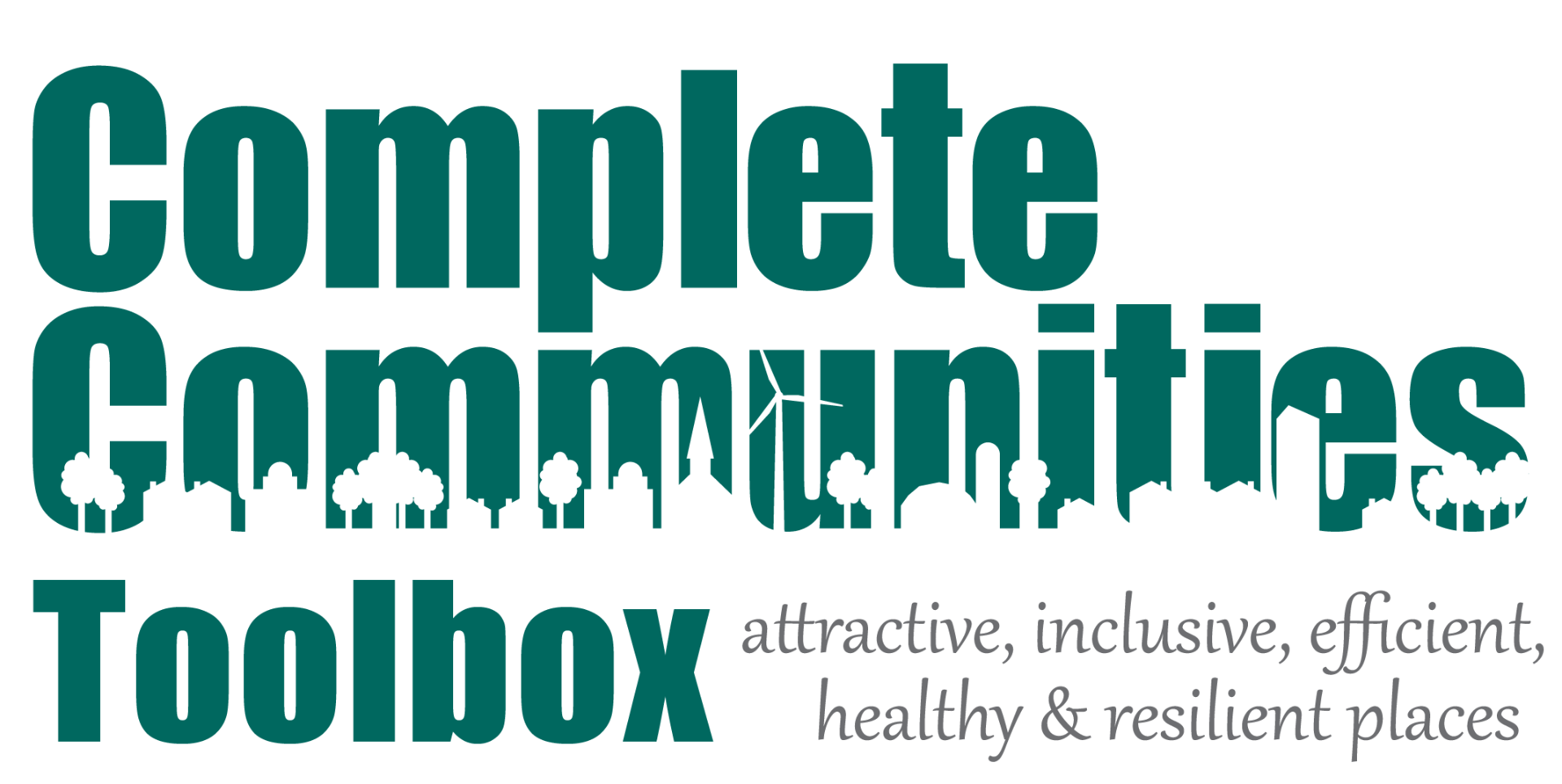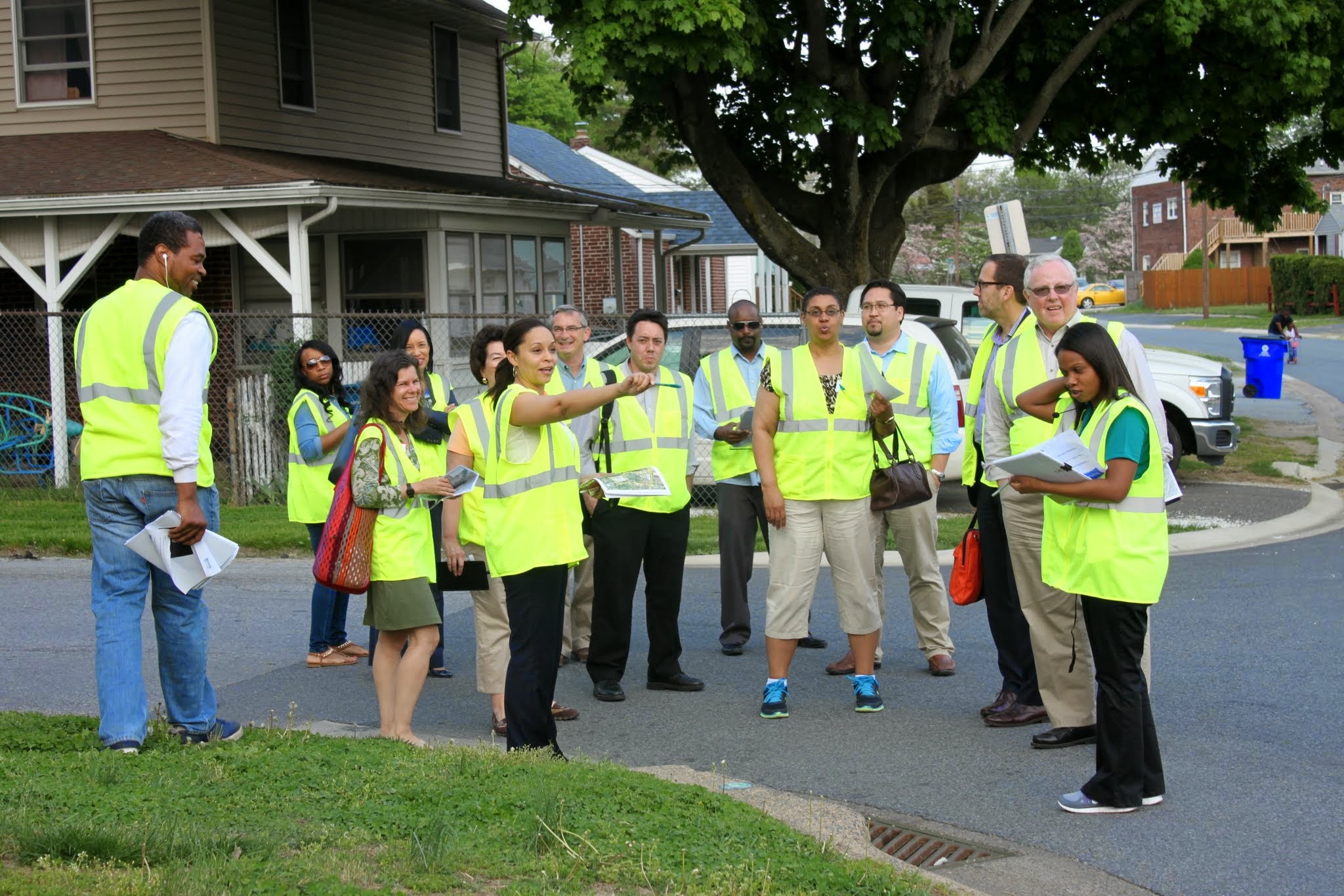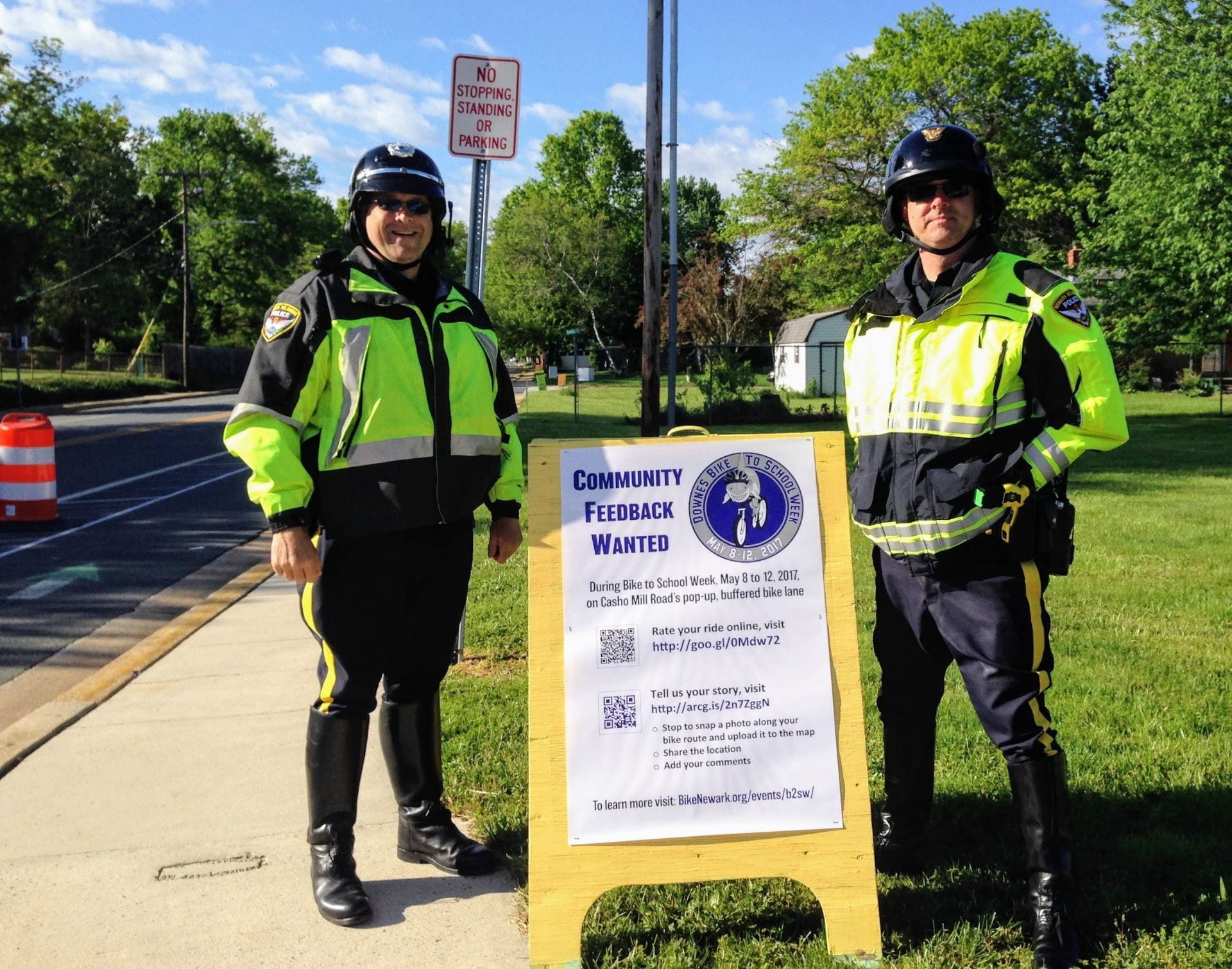PUBLIC ENGAGEMENT
Overview
Public engagement involves much more than just public participation at public hearings, council meetings, or workshops. Local governments need to understand the benefits of citizen engagement, develop public engagement plans, and provide opportunities that create meaningful public involvement. Engaging residents and other stakeholders can increase understanding, create better and sustainable decisions, and build trust. Public engagement is important for local officials to connect with constituents and address their concerns in the community.

Understand
While there is not one definition of community engagement, it can be described as a deliberative process through which citizens and stakeholders come together to engage in thoughtful discussion, express their points of view, and discover common ground to influence government decision making. Community engagement is an expansion of democratic practice that goes beyond citizens’ voting in elections or showing up at meetings. It is most effective when strategies are planned, the process is authentic, citizens feel their input is valued, and the process results in informed decision making.
A focus on making public engagement more accessible and inclusive will help public officials gain an appreciation for what people are looking for in their daily lives. While public engagement used to be more difficult for the average person, now there are a variety of ways to include participation from a wide range of people who can join remotely, virtually, and without needing specific resources like pictures or maps. Public engagement can be used both during the development of a comprehensive plan and for other projects that would benefit from public input, such as traffic calming measures, walkability, or new development. Robust public engagement helps create complete communities that better serve the area and its members.
Planning for the Future
Community engagement is important for local governments because it involves citizens in good governance. It also increases legitimacy, efficiency, and accountability of decision making. There is no single best way to achieve engagement, or one technique or format that serves all engagement purposes.
Public engagement methods may be more conventional participatory processes (such as task forces, public meetings, workshops, and focus groups) that involve face-to-face interaction. Other approaches involve the dissemination of information through electronic networks, social media, and new technology.
It is important to think about what kind of information you want to collect through the public engagement process to then determine what methods will work best for achieving those goals. The most effective strategies integrate approaches to sustain engagement, involve diverse stakeholders, and incorporate a wide range of activities and techniques.
Act & Implement
Public participation strengthens and is an integral part of the decision-making process at the federal, state, and local government levels. Early and continuous public involvement ensures that decisions reflect public needs and interests, consider diverse viewpoints and values, and are made in collaboration and consensus with all stakeholders. This process builds mutual understanding and trust between government entities and the people they serve. Successful public participation is a deliberate and continuous process. It consists of a series of activities and actions, and serves to inform, educate, and gain input from stakeholders on decisions that affect their lives.
Public engagement methods vary depending on whether the focus is the comprehensive planning process or more direct community actions such as interest groups looking to improve walkability. Public engagement can also be implemented to engage citizens in order to mitigate or benefit from external changes.
The Office of State Planning Coordination, DelDOT’s community Planning Group, and the metropolitan planning organization (MPO) are critical partners in any public engagement process related to land use planning and transportation.
Pop-Up Demonstrations
Pop-up projects can transform a street to a vibrant cultural corridor, calm traffic with a temporary traffic circle, test a pop-up protected bike lane, and convert on-street parking into a portable parklet. These initiatives allow the public to experience the potential of a space to test it out before providing input.
Several successful low-cost, temporary community-driven initiatives in Delaware have leveraged public support, local government approval, and transportation agency endorsement. These stories convey ways that Delaware’s communities and local governments are engaging and empowering community members in “Lighter, Quicker, and Cheaper” (LCQ) interventions or tactical urbanism to address all kinds of public space challenges—before committing large capital investments for permanent changes.
Public Engagement Methods
As noted, there are a variety of methods that can be implemented for public engagement and each town will decide which tools are best depending on their circumstances and stakeholders.
Some examples include but are not limited to:
- Press Releases – Describing the upcoming public engagement workshops
- Fact sheets – Outlining the maps and diagrams that describe the proposed changes
- Educational resources – Explaining the benefits of traffic calming devices
- Online meetings – Scheduling at various dates and times to accommodate families with young children and work hours
- Print materials – Summarizing the plan for a new transportation initiative on a large poster display
- Advertisement – Informing the public about upcoming engagement events
- Surveys – Asking about community interest in a new walkability initiative
- Public forums – Allowing people to inquire and provide input on the presented initiative at a community location such as a park
- Interviews – Requesting the opinion of community members on a recent pop-up demonstration
- Telephone polls – Asking brief questions about public interest in traffic changes
- Expert panels – Meeting with community members to provide information on infrastructure changes and their impacts
- Focus groups – Discussing what businesses the community wants to incorporate and how they will impact economic development
- Advisory committees – Meeting to review and report on public input for a comprehensive plan
- Workshops – Informing about historic preservation and asking for areas the community wants to be addressed
- Social media – Highlighting a new parks and recreation feature that allows for public commenting
- GIS maps – Inviting feedback on a bike lane pop-up demonstration



